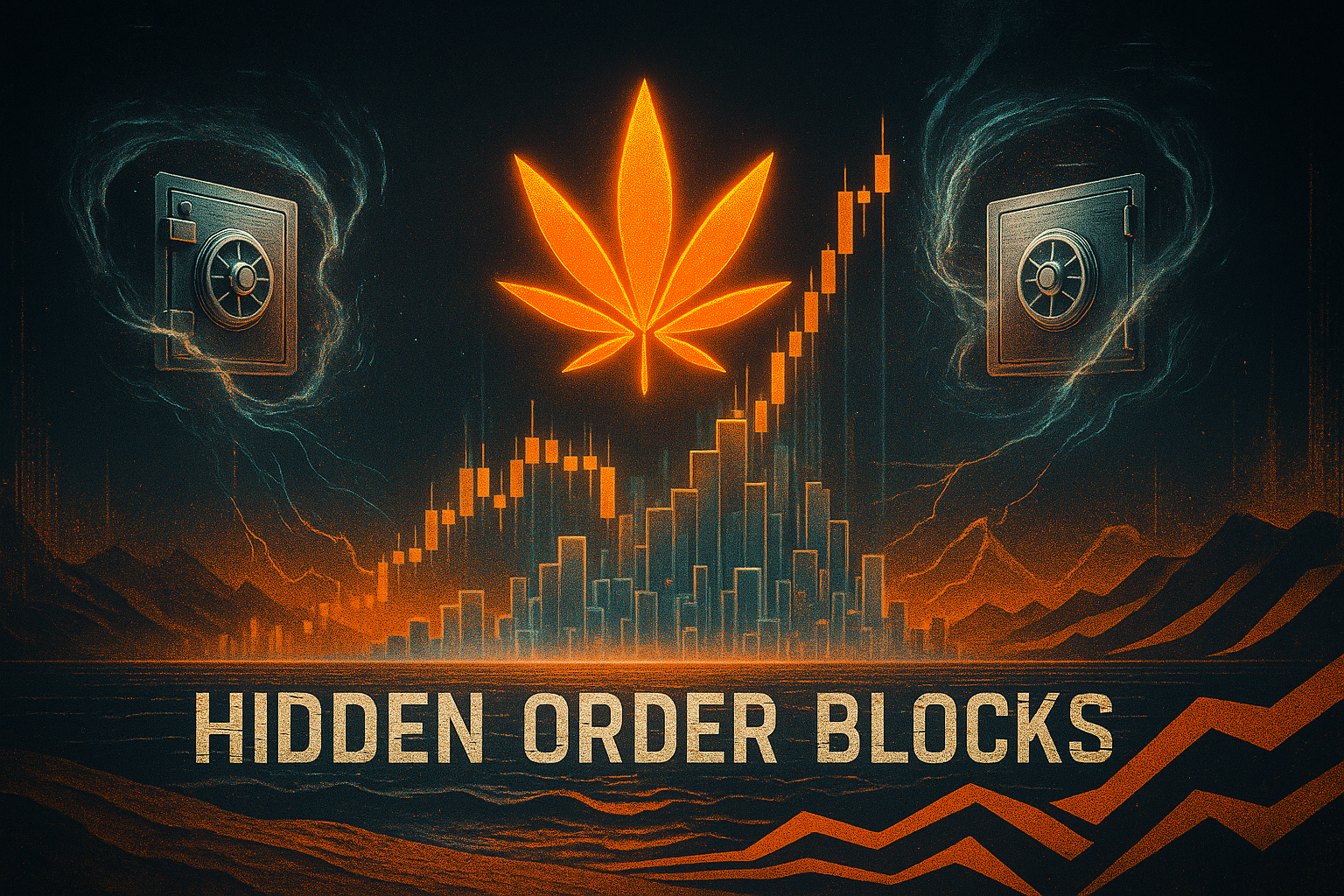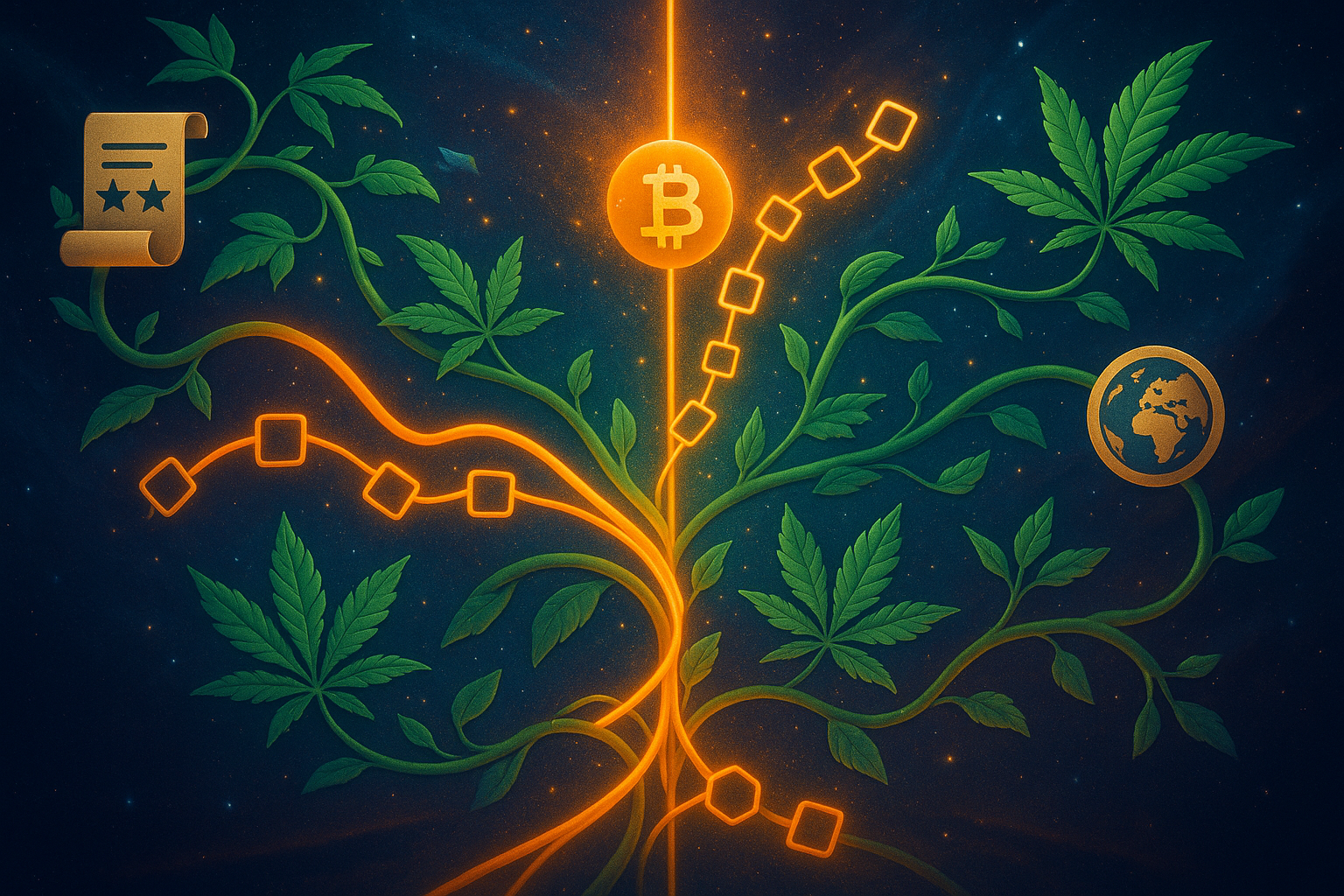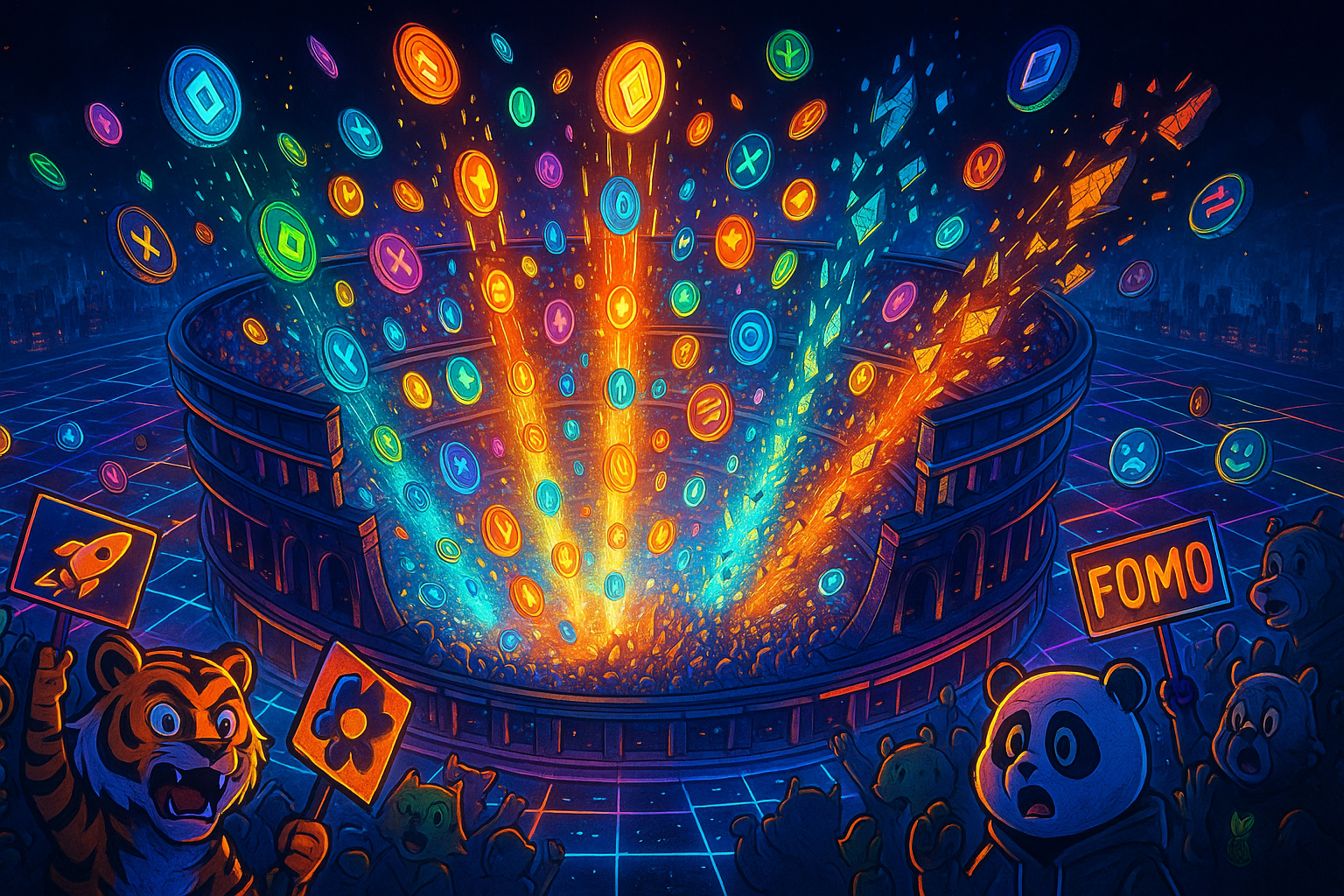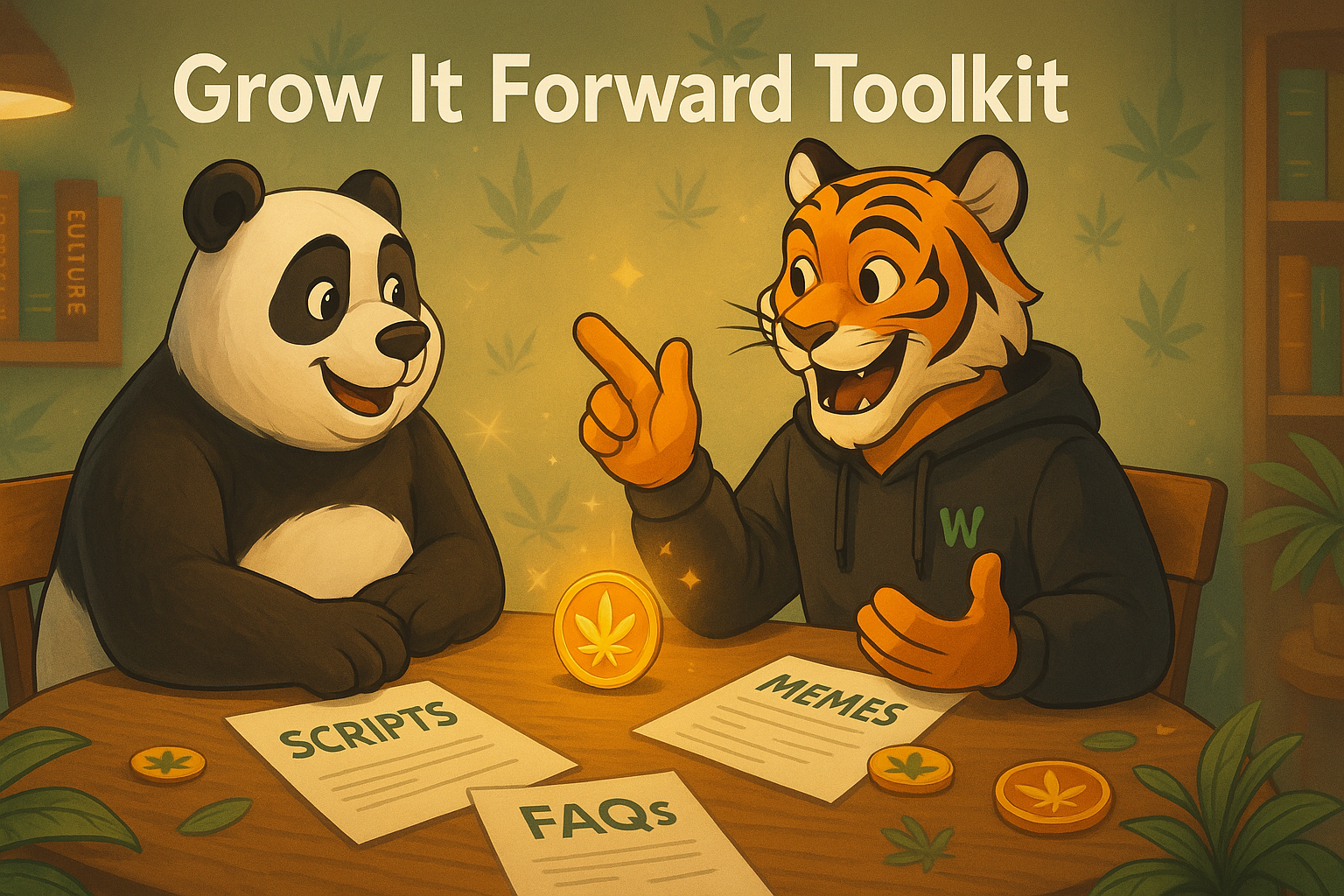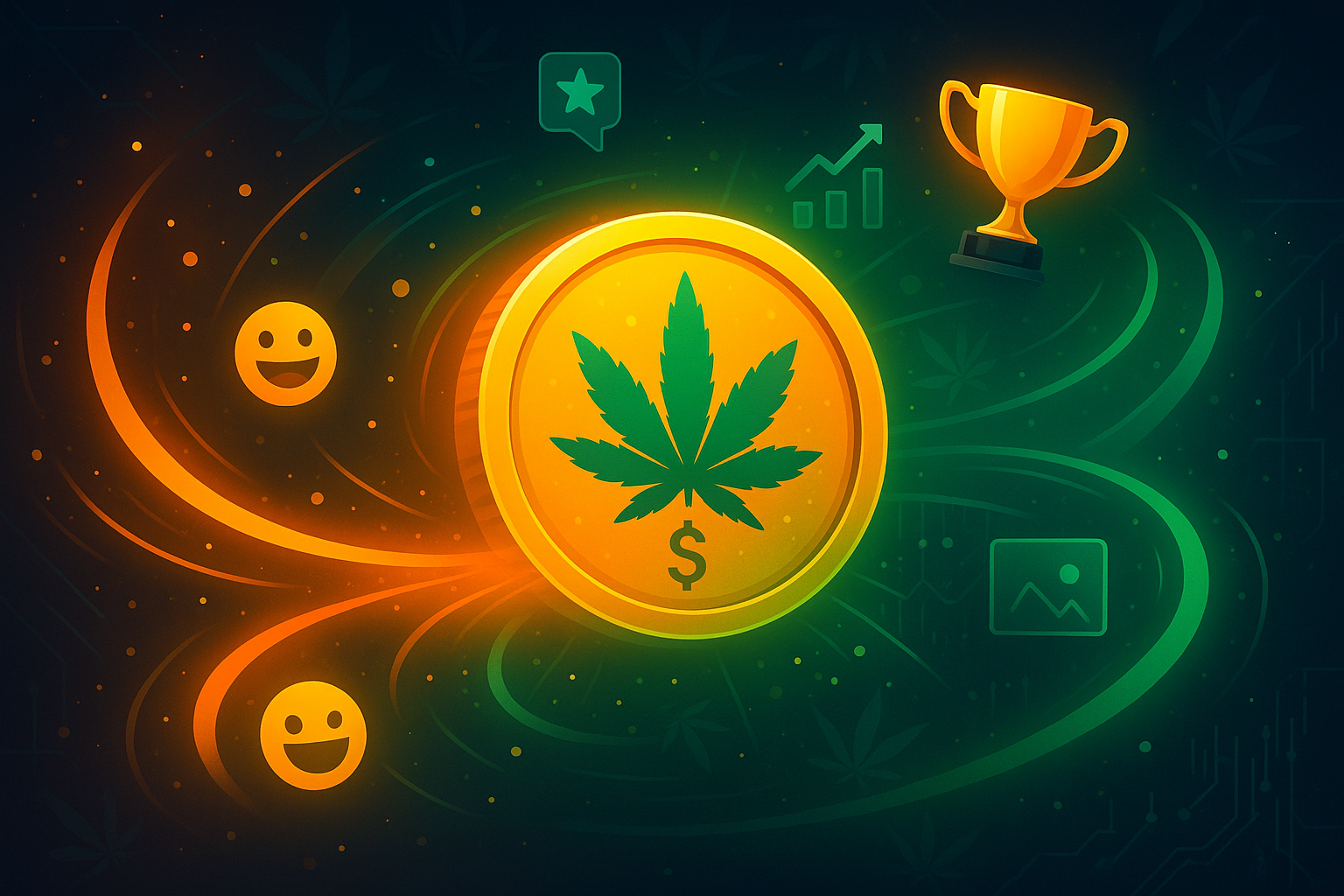Special Considerations for Specific Conditions with Medical Marijuana
Tailoring Dosage for Your Unique Needs
Different medical conditions require tailored approaches to cannabis dosing, as symptoms, sensitivities, and goals vary widely. At Weedcoin, we’re here to provide guidance through the MediWeed Hub with irie vibes. In this article, we’ll explore special considerations for dosing medical marijuana with specific conditions like epilepsy, chronic pain, and anxiety/PTSD. Whether you’re using Weedcoin OG or managing a condition, these tips ensure safe and effective use—let’s dive into dosing for your unique needs!

Epilepsy: High-CBD, Low-THC Dosing
Epilepsy patients, like Sarah, benefit from high-CBD, low-THC strains (e.g., Charlotte’s Web, 20% CBD, <1% THC) to reduce seizures—clinical trials show a 39% reduction with CBD. Start with 5 mg CBD twice daily, increasing by 5 mg every 3–4 days—Sarah reached 20 mg daily over two weeks. THC can lower the seizure threshold in some patients, so keep it below 1 mg per dose. Monitor for drug interactions—CBD can increase levels of AEDs like clobazam, requiring liver function tests. Tinctures or capsules provide steady dosing, avoiding inhalation risks. Side effects like drowsiness may occur—Sarah split her dose (10 mg morning, 10 mg evening) to manage this.
Chronic Pain: Balanced THC-CBD Approach
Chronic pain patients, like Michael, often need a balanced THC-CBD strain (e.g., OG Kush, 15% THC, 15% CBD) for a 40% pain reduction. Start with 2.5 mg THC and 2.5 mg CBD, increasing by 1–2.5 mg every 48 hours—Michael settled at 5 mg of each. Use inhalation for acute flare-ups (effects in 5 minutes) and edibles/tinctures for sustained relief (4–6 hours). THC can cause tolerance with frequent use—take a 48-hour break every 3 months to reset. Be cautious with opioids—THC may enhance their effects, requiring dose adjustments with a doctor. Weedcoin OG (20–22% THC, target post) might suit pain but start low (2.5 mg THC) to avoid sedation.
Anxiety and PTSD: CBD-Dominant with Minimal THC
Anxiety/PTSD patients, like Aisha, should use CBD-dominant strains (e.g., ACDC, 20% CBD, 1% THC), as 79% report reduced anxiety with CBD. Start with 5 mg CBD twice daily, increasing to 10 mg if needed—Aisha found 10 mg optimal. High THC (e.g., 20 mg) can worsen anxiety in 10–20% of users, so limit to 1–2 mg for acute symptoms. Tinctures or sublingual strips offer quick relief (15–30 minutes) without inhalation risks. Avoid sativas, which can be stimulating—stick to hybrids or indicas at low doses. Monitor for drowsiness—split doses (e.g., 5 mg morning, 5 mg evening) if sedation occurs, as Aisha did.
Cancer-Related Symptoms: Flexible THC-CBD Ratios
Cancer patients often manage nausea, pain, and appetite loss, requiring flexible dosing. For nausea, a 1:1 THC-CBD ratio (e.g., 5 mg THC, 5 mg CBD) can be effective—studies show both cannabinoids reduce nausea similarly. For pain, increase THC slightly (e.g., 10 mg THC, 5 mg CBD) for a 40% reduction. To stimulate appetite, indicas with higher THC (e.g., Bubba Kush, 18% THC) work better—start with 2.5 mg THC. Use tinctures for nausea (quick onset) and edibles for appetite (long-lasting). Monitor for drug interactions—THC/CBD can affect chemotherapy drugs, so consult an oncologist. Low doses prevent fatigue, which can worsen with cancer treatments.
Pediatric Use: Extra Caution with CBD
Pediatric patients, often treated for epilepsy (e.g., Dravet syndrome), require high-CBD, low-THC products like Epidiolex (FDA-approved, Web ID: 2). Dosing is weight-based—start at 2.5 mg/kg CBD daily, split into two doses, increasing to 5–20 mg/kg under a doctor’s supervision. Sarah’s pediatric protocol mirrored this, starting at 5 mg CBD for her child’s seizures. THC should be avoided in children due to developmental risks. Use tinctures or capsules for precise dosing, and monitor for side effects like diarrhea or elevated liver enzymes—regular blood tests are crucial. Parental consent and a pediatric neurologist’s oversight are mandatory.
Practical Tips
- For epilepsy, use high-CBD (5 mg twice daily) and monitor AED interactions with a doctor.
- For pain, start with 2.5 mg THC and 2.5 mg CBD, using inhalation for flare-ups and edibles for sustained relief.
- For anxiety, prioritize CBD (5–10 mg) with minimal THC (1 mg)—avoid sativas to prevent overstimulation.
- For cancer, adjust THC-CBD ratios—5 mg each for nausea, higher THC (10 mg) for pain, 2.5 mg for appetite.
- For pediatric use, start at 2.5 mg/kg CBD, avoid THC, and monitor liver function closely.
Key Takeaways
- Epilepsy dosing focuses on high-CBD (e.g., 20 mg), with low THC and liver monitoring.
- Chronic pain benefits from balanced THC-CBD (5 mg each), with tolerance breaks to maintain efficacy.
- Anxiety/PTSD needs CBD-dominant strains (10 mg CBD), as high THC can worsen symptoms.
- Cancer patients use flexible ratios—1:1 for nausea, higher THC for pain, indicas for appetite.
- Pediatric dosing is CBD-only (2.5–20 mg/kg), with strict medical oversight for safety.
